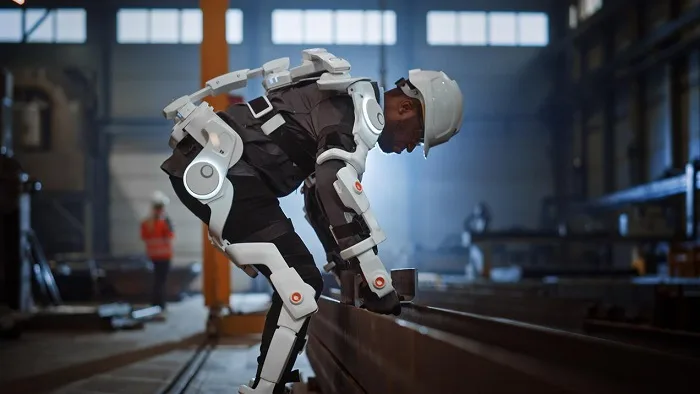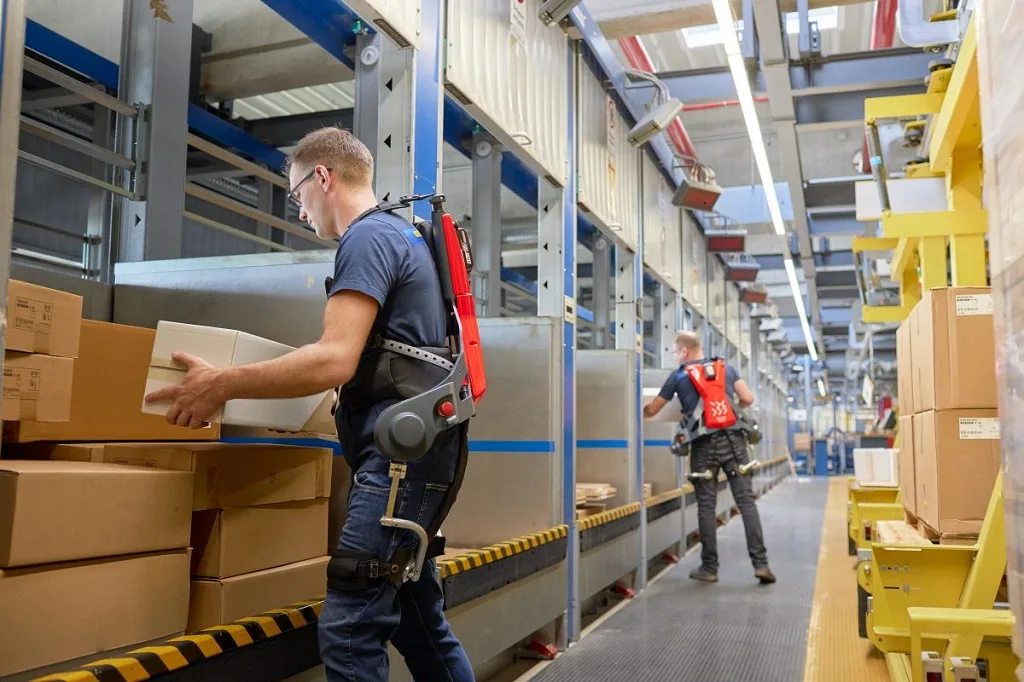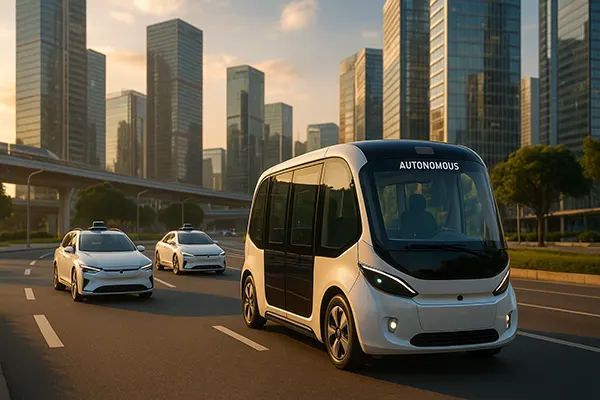
Exoskeletons: The Future of Assistive Technology
The development of exoskeleton technology has marked a significant milestone in the field of assistive devices and robotics. An exoskeleton is an external framework worn by a person that provides support and enhances their physical capabilities. This technology, which has roots dating back to the mid-20th century, has evolved rapidly over the past few decades. Originally conceptualized for military applications, exoskeletons have found diverse uses in medical rehabilitation, industrial labor, and personal mobility enhancement.
The first functional exoskeleton, known as the Hardiman, was developed in the 1960s by General Electric. However, due to its enormous weight and complex mechanics, it never became practical. Since then, advancements in materials science, electronics, and artificial intelligence have transformed exoskeletons from cumbersome prototypes into sleek, functional devices. Modern exoskeletons are typically made from lightweight materials such as aluminium and carbon fibre, and are powered by a combination of electric motors and hydraulic systems. These improvements have not only made exoskeletons more efficient but also more accessible to a wider range of users.
How Exoskeletons Work
Exoskeletons work by mimicking the body’s natural movements and providing additional strength and support. They are equipped with sensors that detect the user’s movements and a control system that translates these signals into the activation of motors and actuators. This coordinated action helps the user perform tasks that would otherwise be difficult or impossible due to physical limitations.
The operation of an exoskeleton typically involves a series of steps. First, sensors placed on the user’s body or integrated into the exoskeleton capture movement intentions. These sensors can include accelerometers, gyroscopes, and force sensors. The data from these sensors are processed by a central control unit, which calculates the required movement and sends signals to the actuators. These actuators then move the exoskeleton’s joints in harmony with the user’s own movements, effectively amplifying their strength and endurance. Advanced exoskeletons also incorporate machine learning algorithms to adapt to the user’s movement patterns and improve efficiency over time.
Current Applications of Exoskeletons
Exoskeletons are currently being utilized in various sectors. In the medical field, they are used for rehabilitation of patients with spinal cord injuries, strokes, and other neurological conditions. By providing support and facilitating movement, exoskeletons help patients regain mobility and improve their muscle strength. In industrial settings, exoskeletons are employed to reduce the physical strain on workers, allowing them to lift heavy objects and perform repetitive tasks with less risk of injury. Additionally, exoskeletons are being explored for use in military applications, enhancing soldiers’ endurance and reducing fatigue during extended missions.
The Promising Future of Exoskeleton Technology
The potential of exoskeleton technology is vast and promising. As research and development continue, we can expect to see even more advanced and specialized exoskeletons. Future iterations may include more intuitive control systems, greater power efficiency, and improved ergonomic designs. One of the key areas of focus is enhancing the user experience by making exoskeletons more comfortable and easier to use for extended periods.
The integration of artificial intelligence and machine learning will likely play a significant role in the advancement of exoskeleton technology. AI can enable exoskeletons to learn from the user’s movements and adapt in real-time, providing a more natural and seamless interaction. Moreover, advancements in battery technology will contribute to longer operational times, making exoskeletons more practical for daily use.
Collaborations between academia, industry, and healthcare providers are essential for driving innovation in this field. By pooling resources and expertise, these partnerships can accelerate the development and commercialization of new exoskeleton technologies. Additionally, regulatory support and standardized guidelines will be crucial in ensuring the safety and efficacy of exoskeletons as they become more widespread.

Potential New Applications
Beyond the current uses, exoskeletons have the potential to revolutionize many other fields. In the realm of sports, exoskeletons could enhance athletic performance and reduce the risk of injury by providing additional support and strength. They could also be used in rescue operations, enabling first responders to carry out physically demanding tasks in hazardous environments with greater ease and safety.
In the entertainment industry, exoskeletons could provide new possibilities for creating immersive experiences in virtual reality and live performances. By allowing performers to execute complex movements effortlessly, exoskeletons could push the boundaries of what is possible on stage and screen.
Moreover, exoskeletons could play a significant role in enhancing the quality of life for elderly individuals and those with disabilities. By offering support and improving mobility, exoskeletons could help these individuals maintain their independence and engage more fully in daily activities.
Temporary Hype or a New Development Wave?
The surge in interest and investment in exoskeleton technology raises the question: is this a temporary hype or the beginning of a new development wave? While it is true that the exoskeleton market has experienced periods of heightened excitement, the consistent advancements and increasing number of practical applications suggest a sustainable growth trajectory.
The ongoing research, coupled with real-world success stories, indicates that exoskeletons are not just a fleeting trend but a transformative technology with the potential to make a lasting impact. As the technology continues to mature and become more accessible, exoskeletons are poised to become an integral part of various sectors, from healthcare and industry to personal mobility and beyond.




